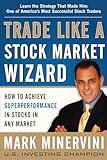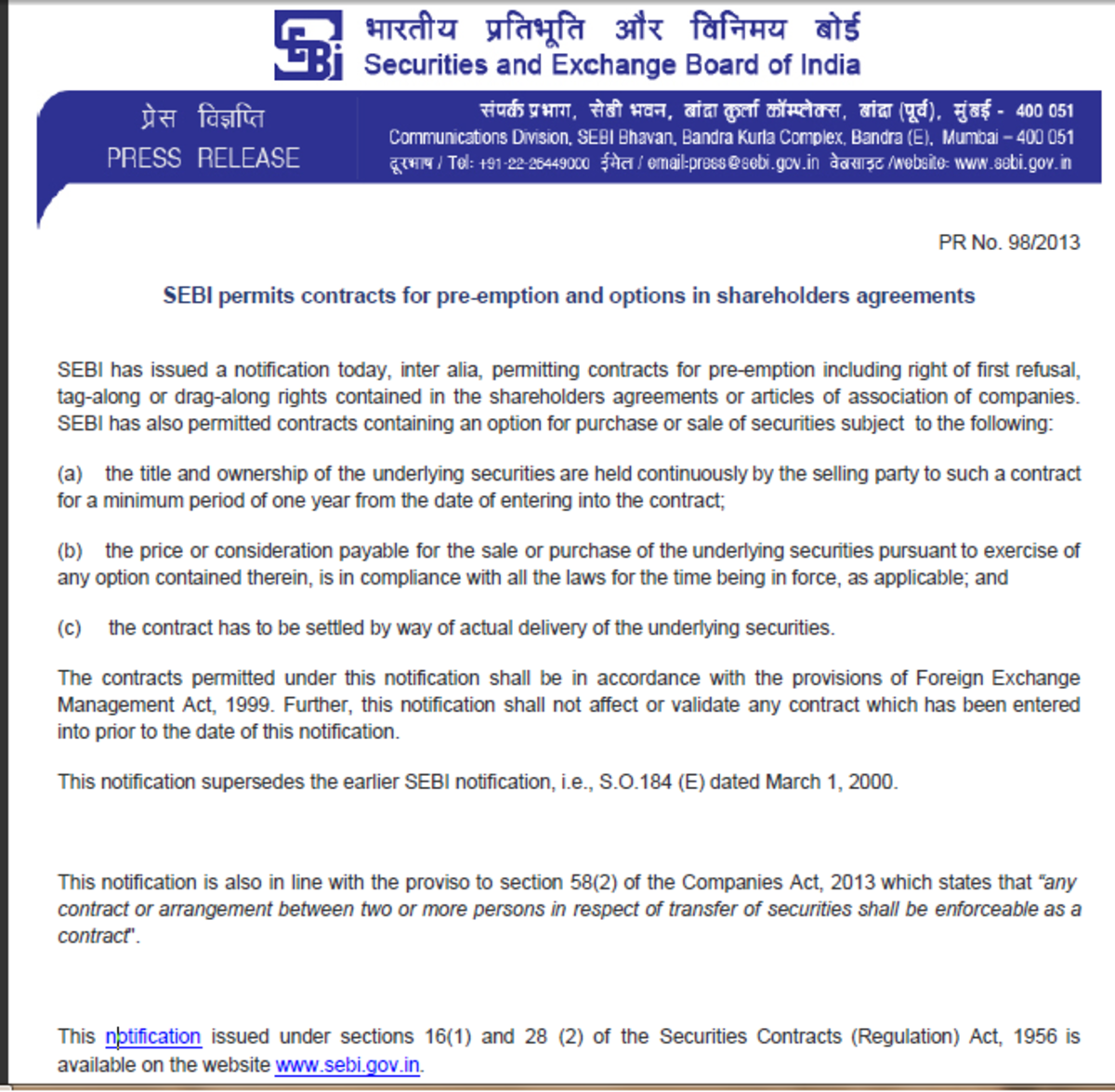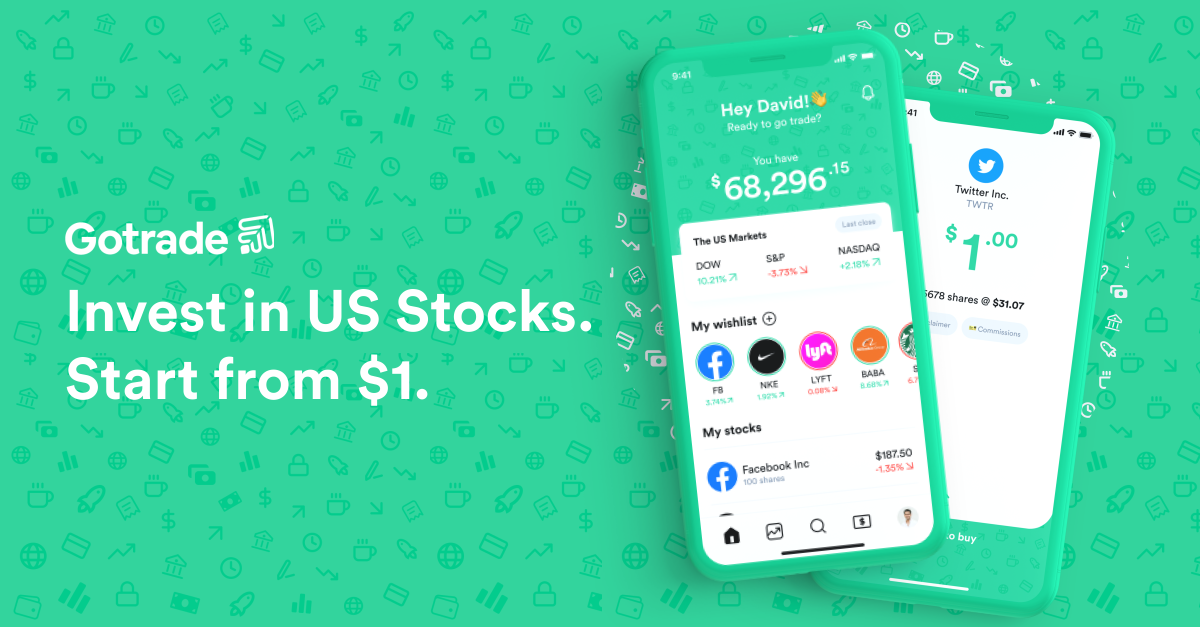Different Types of Stock Options
Different Types of Stock Options

Stocks basically represent your share in a company's revenue and assets. For beginners, I'd suggest you to learn about the stock basics, there demands and risks, before proceeding ahead.
Different Types of Stocks
There are two major categories of stocks : common stock and preferred stock.
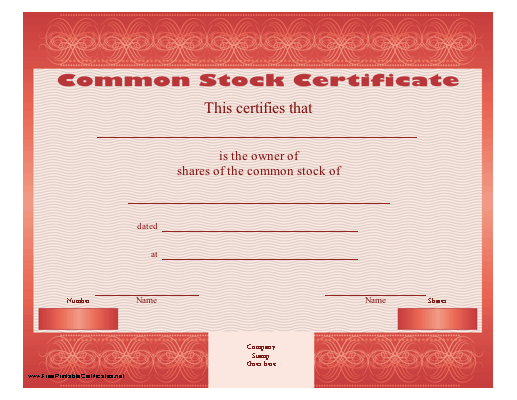
Common Stock
Common stock is more broadly utilized by people. As a matter of fact, most of the stocks that get issued belong to this category. What we actually discussed in the last sections were the main features of common stock. Common stocks represent its owner’s stake in the company, and a claim (dividends) on a part of the gains. Investors are entitled to get one vote per share in order to elect the board members, who have the authority to watch and direct the influential decisions taken by the management.
In the long run, common stock has a potential to give more returns than nearly every other investment. You have to pay a price to get these higher returns and that is the highest that comes with the common stock. In case, a company goes for bankruptcy and liquidation, the common shareholders will receive their money only after all the bond holders, creditors and preferred shareholders have been paid.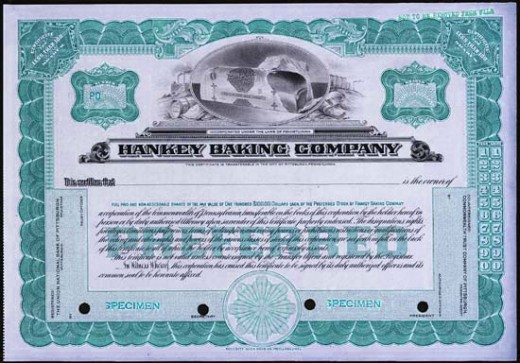
Preferred Stock
Preferred Stocks represent a certain degree of ownership in a company, but generally do not provide the similar voting rights. (This highly depends on a company and may vary). Preferred share investors are generally assured to attain a determined dividend always. This differentiates preferred stocks from common stocks, since common stocks come up with variable dividends, which are never guaranteed.
Another benefit is that, in case the company goes for liquidation, preferred shareholders get paid off before the common stockholders (but only after debt holders and creditors). Preferred stocks can also be callable, which means that the company can choose to buy the shares back from the shareholders at any given time for their own reasons (generally for a premium). Many people look at the preferred stocks to be in the category of debt, rather than equity financing. A good approach to consider these types of shares is, to place them in a category between the bonds and common shares.
Different classes of Stocks
Common and Preferred are the two major categories of stocks; nevertheless, companies have an option to customize various classes of stocks according to their needs and demands. The most general reason for this, is that company may want to keep the voting power confined to a particular group; hence, various classes of shares are provided distinct voting rights. For instance, a selected group holds one class of shares, for which they get ten votes per share, whereas most of the other investors may be given a second class of shares, which give them the voting right of one vote per share.
In such cases, the classes are conventionally denoted as Class A and Class B. Berkshire Hathaway (ticker: BRK), comes up with two classes of stocks. The various forms are designated by putting the letter after the ticker symbol in a form like this: "BRKa, BRKb" or "BRK.A, BRK.B".
How are Stocks Traded
Majority of the stocks are traded at exchanges, which are the junctions where buyers and sellers assemble together, discuss and finally decide on a price. Many exchanges are physical places where transactions are executed on a trading floor. You might have seen the images of a trading floor, where there is a huge crowd and the traders keep on yelling, waving and gesturing to each other. Another type of exchange is the virtual one, which is constituted of a network of computers where the online stock trading is done electronically.
The main objective of a stock market is to assist the task of exchange in securities between the traders (buyers and sellers), thereby bringing down the risks involved in investing. Just think, how tedious it would be to merchandise shares, if you had to ask around the neighborhood in order to search for a buyer. As a matter of fact, a stock market is just a highly- advanced and complex farmers’ market that facilitates in linking the buyers and sellers. Before we move ahead, we should mention the difference between the primary market and the secondary market. The primary market is a place where the securities are made (through an IPO) whereas, a secondary market is a place where the investors mainly go ahead in trading the pre-issued securities without getting any issuing companies involved. The secondary market is what people are indicating to, when they discuss about the stock markets. It is really significant to understand that, it is not always necessary for a company to get involved in trading of its stocks.
The New York Stock Exchange
The most esteemed exchange in the world is the New York Stock Exchange (NYSE). The “Big Board” was established around 200 years back in 1792, with the approval and signing of the Buttonwood Agreement by 24 New York City merchants and stockbrokers. At present, NYSE, with the stocks of McDonald’s, Citigroup, General Electric, Coca-Cola, Wal-mart and Gillete, is the first choice market for the big giants in American companies.
The NYSE is the primary exchange market, as discussed above, where most of the trading is conducted face-to-face on the trading floor. This is also called a listed exchange. The orders are taken in, through the brokerage firms, which are the members of the exchange, and go down to floor brokers who go to the particular spots on the floors where the stocks are traded. At this place, which is also called the trading post, there are particular people who are known as the specialists, and their job is to match appropriate buyers and sellers. The prices are decided by the “auction method”: the present price is the upper most limit amount any buyer is wishing to pay, and the lowest limit is the amount in which someone wants to sell. Once a trade has been determined, the details are processed back to the brokerage firm, which then sends a word to the investor who placed the order. Though, the process is executed with human intervention, don’t consider NYSE to still be in its conventional era of working; computers and other electronic gadgets also play a great deal in the whole procedure.
(Disclaimer: This article does NOT give any insights about the trading market, or any complicated financial terms or jargons. You can refer to the relevant places for stock market information of various stock exchanges. The article is a very basic tutorial or introduction to people who simply find it difficult to understand the whole stock trading process, because of the overloaded or complex information available over the internet and books.)
- What Does It Mean to Buy Stocks On a Margin?
When we talk about buying stocks on a margin we are talking about borrowing money to purchase the stock and securing the load with the stock. In effect what a person is doing here is borrowing money from... - Penny Stock tips Get rich off the stock market
Penny stocks are those stocks which are available at lower valuations and less price than as stipulated by the NYSE and NASDAQ. In general the NASDAQ says that penny stocks are those which are trading at... - The effects of a Stock Market Crash
The Effects of the Stock Market Crash What was the impact of the stock market crash of 1929 on the individual? Firstly, consider the mood of the twenties. The world had survived the 1914-18 war, known as the... - Make More Money by Trading Around a Core Stock Posit...
There are certain techniques that you can use when investing in stocks and exchange traded funds that will enable to become a better investor and make more money. One way to enhance your profits is to trade... - Stock Options Explained
An option is simply the right, for a specified period of time, to buy or sell an item at a guaranteed price. Stock options then, are rights to buy or sell shares of stock at a guaranteed price during the... - Where to Buy & Trade Stocks Online
Need help managing money, finances, taxes and investments? How about a Foreign Stock Market Trading List? This is the place for you!

